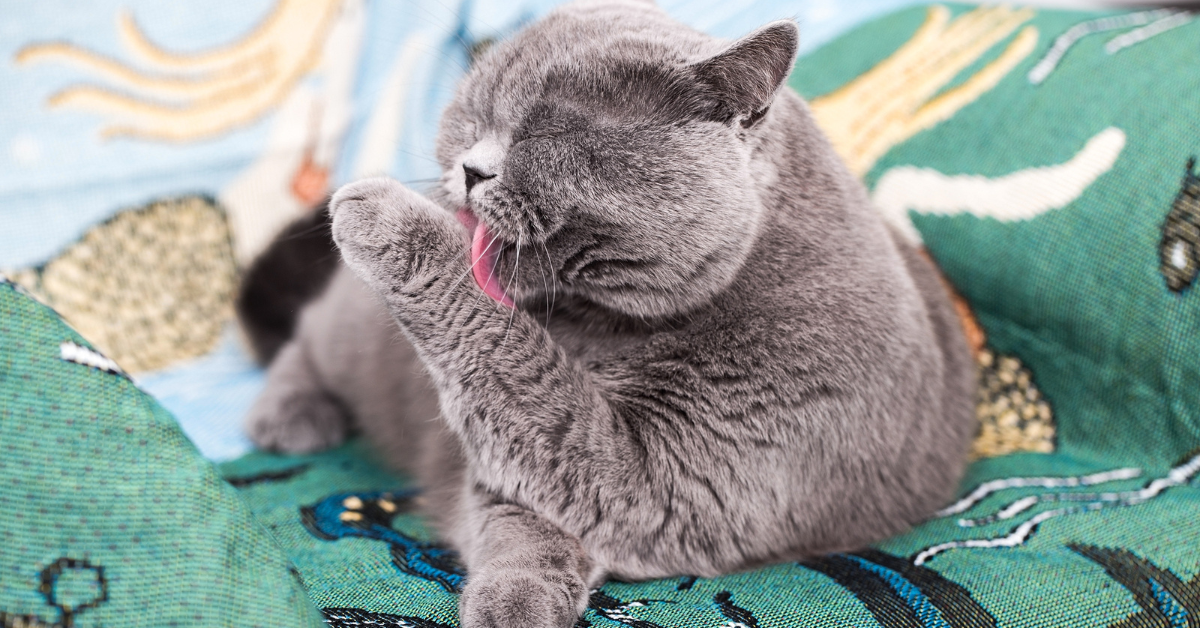Can Dogs Get Poison Ivy?

Poison Ivy is a well-known plant found in woody areas throughout North America and Asia. If poison ivy touches your skin, it can cause an itchy, red rash called dermatitis. The oil in poison ivy is resilient and will cling to clothes, and fur unless it is actively washed off.
But can dogs get poison ivy? Keep reading to find out!
Yes, dogs can get poison ivy, however the oil is not as toxic to our canine friends as it is to humans. While dogs have a reaction similar to the ones humans get, their thick hair often protects the skin from direct contact. If your dog were to get a rash from poison ivy, it would be found where their coat isn’t as thick such as the stomach, nose, or groin area. Hairless and short-haired dogs are more at risk at getting poison ivy than long-haired dogs.
Symptoms of Poison Ivy in Dogs:
- Red skin
- Swelling and itching
- Fluid-filled blisters or scabs
- Vomiting (if Ingested)
- Diarrhea (if ingestied)
Diagnosis of Poison Ivy
Diagnosing poison ivy poisoning is based on symptoms and history of exposure. Knowing your dog has been exposed to the plant can help identify the condition a lot faster. The rash may not appear right away and may resemble other dermatitis and rashes. If know your dog has come into contact with poison ivy, be sure to start watching for symptoms.
If your dog ingested the plant, it is best practice to call your veterinarian or poison helpline. Be ready to describe the plant as well as your dog's height and weight and how much you think was eaten. If you go to your vet, bring a sample of the plant in a plastic bag.
Treatment of Poison Ivy
Immediately wash any area that came in contact with the plant thoroughly using soap and water. Mild cases of poison ivy will pass on their own. A vet may prescribe topical ointments to reduce itching and make your pet more comfortable. Blisters and rashes that spread and become chronic should be covered to discourage your pet from scratching and to avoid infection. For severe cases that have fever or loss of appetite, you should see your vet for proper medication. If your pet ingested the plant encourage them to drink plenty of water and eat bland foods until the irritation is settled. If a large amount was consumed veterinary treatment may be needed.
CONCLUSION
Depending on where you live, your pet may or may not be exposed to poison ivy. If your dog is exposed, watch for symptoms to develop. While dog’s don’t have the same reaction to poison ivy as humans do, a reaction can still develop. Most reactions will pass on their own with proper care. However, some do develop into more serious rashes. If this happens, contact your vet immediately.
Previous article

Next article

Related posts
View all-

5 Simple Tips to Make Sure Your Cat Drinks Enough Water
Ensuring your cat stays hydrated is important, but it can be challenging since many cats don't drink enough water. Dehydration can lead to kidney disease and other health issues. Fortunately, you can encourage your cat to drink more with a few simple changes. Read Article -

How to Keep Your Cat Busy at Night (So You Can Sleep)
For many cat owners, the quest for a good night's sleep while keeping their feline friends content and engaged can seem like a never-ending battle. Cats, naturally more active at night or early in the morning, often disrupt your sleep schedules with nocturnal activity, whether through playful nature or seeking attention. Read Article -

Should You Bathe Your Cat? Everything You Need to Know About Cat Hygiene
When it comes to cat hygiene, a common question among cat owners is, "Should you bathe your cat?" Understanding how to care for felines, especially bathing cats properly, is crucial for maintaining their overall health. Most cats are fastidious groomers, but specific scenarios like long-haired cats getting dirty or skin irritations, might require a bath.
Read Article



